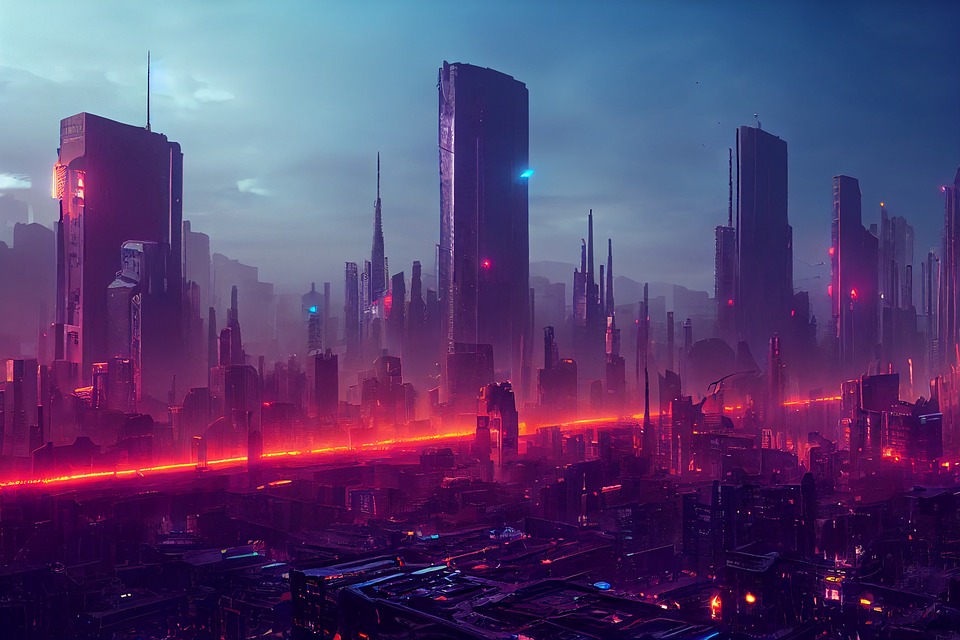Exploring the Fascinating Connection Between the Microcosm and Macrocosm
The Microcosm: An Intricate World Within
When we think of the microcosm, we often picture tiny organisms and the complex structures that make up the smallest components of the world around us. From the cells in our bodies to the microorganisms in the soil, the microcosm is a world of incredible diversity and intricacy.
One of the most fascinating aspects of the microcosm is how interconnected everything is. Each tiny organism plays a role in the larger ecosystem, and even the smallest changes can have a ripple effect throughout the entire system. This complexity is what makes studying the microcosm so compelling, as researchers constantly uncover new relationships and interactions that shape the world as we know it.
The Macrocosm: A Vast Universe Beyond
On the opposite end of the spectrum, we have the macrocosm – the expansive universe beyond our planet. From galaxies and solar systems to black holes and dark matter, the macrocosm is a realm of immense scale and mystery.
While the microcosm may seem small and insignificant in comparison, the two are intrinsically connected. The same fundamental principles that govern the behavior of particles at the subatomic level also apply to the movements of celestial bodies in space. This interconnectedness is a testament to the underlying unity of the cosmos, where each part is integral to the whole.
The Connection Between the Microcosm and Macrocosm
So how exactly are the microcosm and macrocosm connected? One of the most profound ways is through the concept of fractals. Fractals are intricate patterns that repeat at different scales, from the branching of trees to the formation of galaxies. This self-similarity hints at a deeper connection between the microcosm and macrocosm, where the same underlying principles govern the behavior of systems at all levels of magnitude.
Another key aspect of the connection between the microcosm and macrocosm is the idea of emergence. Emergence is the phenomenon where complex patterns and behaviors arise from simple interactions between individual components. This emergent behavior can be seen in everything from the formation of chemical compounds to the emergence of consciousness in the human brain.
By studying the microcosm and macrocosm together, scientists are able to uncover the underlying patterns and principles that govern the behavior of the universe. This holistic approach to understanding the cosmos allows us to make connections and draw parallels between seemingly disparate phenomena, leading to a deeper appreciation of the interconnectedness of all things.
FAQs
What is the significance of exploring the connection between the microcosm and macrocosm?
Studying the connection between the microcosm and macrocosm allows us to gain a deeper understanding of the underlying unity of the universe. By recognizing the patterns and principles that govern systems at all scales, we can appreciate the interconnectedness of all things and our place within the cosmos.
How do fractals illustrate the connection between the microcosm and macrocosm?
Fractals are intricate patterns that repeat at different scales, demonstrating the self-similarity of systems across all levels of magnitude. This suggests a deeper connection between the microcosm and macrocosm, where the same underlying principles govern the behavior of systems of all sizes.
What is emergence, and how does it relate to the connection between the microcosm and macrocosm?
Emergence is the phenomenon where complex patterns and behaviors emerge from simple interactions between individual components. This emergent behavior can be seen in systems at both the microcosm and macrocosm levels, highlighting the interconnected nature of the universe.
Discover more from System Ent Corp
Subscribe to get the latest posts sent to your email.

